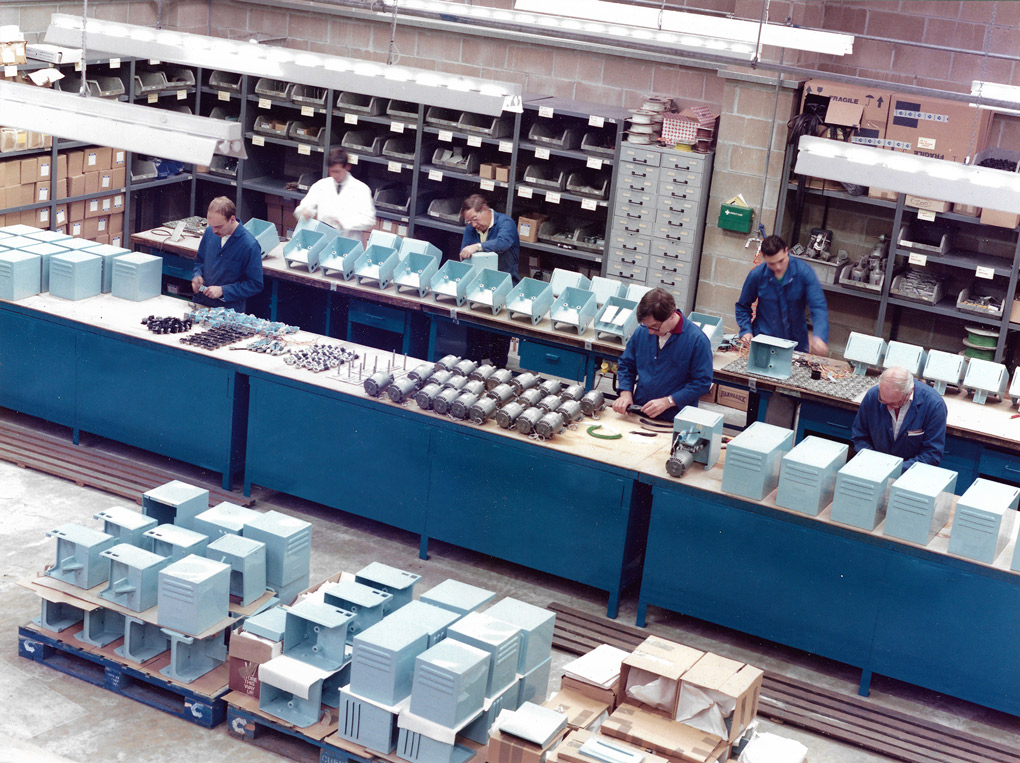The technical bits! By Dr Anthony Sharpe
Speeds and Times
For the original Stomacher® 400 (Sharpe and Jackson 1972), which is the most popular model in food microbiology labs, we used a 230-rpm induction (more or less constant speed) motor. The 80-model had a series-wound motor that got faster as the machine warmed up but peaked around 500 rpm.
For the 3000 model, I think we used a 180-rpm induction motor. Recommended stomaching times of 30 seconds basically came from our original paper (Sharpe and Jackson 1972) where we indicated that, for many foods, bacterial counts after 15 seconds of stomaching did not differ from those obtained by an Ato-Mix blender. But to be cautious, we suggested 30 sec should be used for routine work. We also noted that high-fat samples gave lower stomacher® counts and we suggested warming the diluent before use.
By 1976, the Stomacher had already been widely sold and there seemed to be a general consensus to blend for one minute. The recommendation to include 1.0% Tween 80 in the diluent came from the work of Sharpe and Harshman (1976).
Stomaching in Standard Methods
In those days there was more money to support “evaluative” bench work – comparing new apparatus and techniques with old. The Stomacher® caused a flurry of evaluation activity in micro labs around the world – around 40 papers were published in just a few years – few machines these days get such a workout!
Hearing that it was the subject of an AOAC Collaborative Study, Adrian and I assumed that AOAC and “the USA” were “in the bag”, so we were surprised when it was not recommended by the study authors (Andrews et al 1978), on the grounds that it gave more variable results than a Waring blender. It’s a matter of perspective I guess. One could equally interpret the study’s data as showing the blender was more variable than the Stomacher®. But the Waring was the “gold standard” and old acceptances are hard to drop. We feared the conclusion would be bad news, but the convenience and overall perception of the Stomacher® meant labs all over the world ignored the AOAC finding.
The Stomacher® had already been adopted as the standard method for detecting Trichinae in pork (Lotzsch et al 1974, Framstad 1978, Lotzsch 1978a, b). Soon after the AOAC conclusion, Harmonand Kautter (1979) reported it acceptable for homogenizing foods for examination for Clostridiumperfringens. It has since crept (evaluated or otherwise) into just about every ISO, AOAC / BAM or other standard procedure and 50 years on, Seward Stomacher® lab blenders remain the gold standard in sample preparation.




